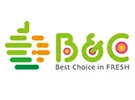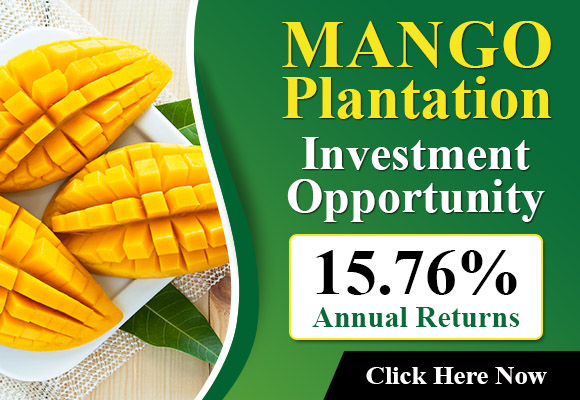Ten years ago the Dutch firm had predicted that ginger would soon become a major product in the European market. B&C Lifestyle received its first container of ginger from Rotterdam’s port Rotterdam in 2018. “Of our business, the majority of ginger comes coming from China and is supplemented towards the close of the season by a few batches of ginger of ginger from Brazil as well as Peru,” says Lucas Liu. The company also offers sweet potato, garlic, dragon fruit, pomelos Nashi the pears and some other fruit. The company has its own state-of-the-art chilling, drying, and packaging facilities.
The end of seasonal issues
Chinese ginger is readily available all year round. “The fresh harvest begins beginning in January. However, the there is a decrease in quality after September. In the meantime, we may shift between Brazilian as well as Peruvian ginger. Our preference is not for either; The Brazilian product is a bit more flexible and may turn blue as well, while Peruvian ginger is more sharp. Peru is also very strong in organic matter, and that’s its attractive feature. Chinese ginger’s milder taste and lower amount of fiber makes it distinctive.”
China is the only country to produce one crop every year. Ginger is stored immediately in storage areas, under the ground or underground inside caves. The ginger stored underground is only losing 10% of its weight over 10 months. “When we store cleaned, dried ginger, we see the loss rate is five percent a week in spite of our entire warehouse’s concentration on the storage of ginger. We pack the ginger within the Netherlands and deliver the product to retailers using the proper packaging. It is usually delivered in plastic crates and can also be shipped directly to wholesalers in this shape. It can also be packed in a range of different cardboard boxes or plastic crates to be used in supermarkets. There are customers from across Europe,” Lucas explains.
“Quality is becoming more important in recent years because European importers have a tendency to source direct from the growers. Brokers don’t care as much about the quality of their products; they prefer to increase their volume and frequently make use of speculation. However, if, as we do having a strong relationship to an group of farmers, you are able to control all of the distribution chain.”
They are a good value after rising levels in 2023. It is expected that they will fall in 2019 due to an increase in acreage and better average yields owing good weather. “The Red Sea situation seems to be causing problems however, as the cost of shipping containers of China nearly tripling in one instance. The delays in the arrivals of containers – as long as three weeks ahead of the harvest is due to begin – are most likely temporary,” Lucas concludes optimistically.
Lucas Liu
 B&C Lifestyle
B&C Lifestyle
Aluminiumstraat 50
2718 RA Zoetermeer
+31 (0) 640 730 628 / +31 (0)655857150
lucas.liu@bclifestyle.nl
www.bclifestyle.nl
Source: The Plantations International Agroforestry Group of Companies
